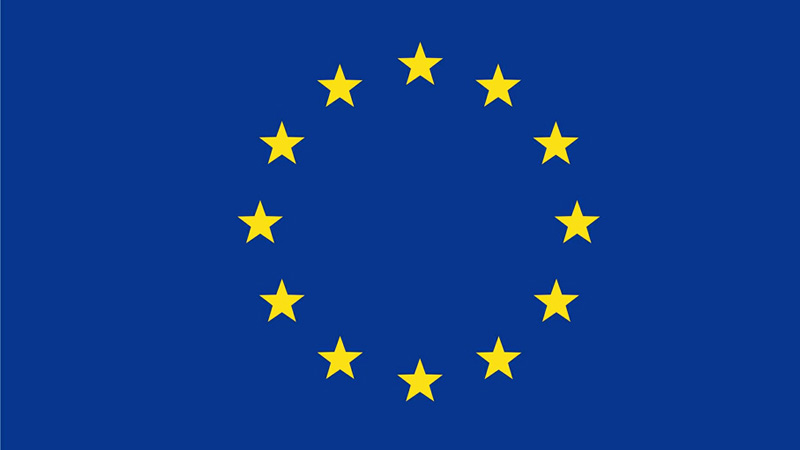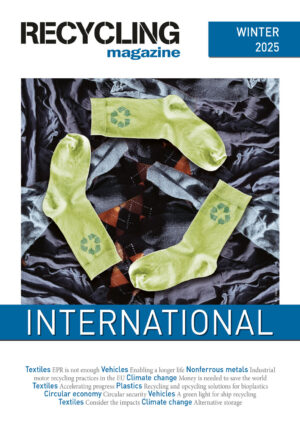The environmental network’s study “Designing EPR to Foster the EU’s Competitiveness and Strategic Autonomy” analyses 30 years of EPR implementation and proposes a comprehensive framework to transform EPR systems into catalysts for the circular economy transition. The report also shows how EPR fees are insufficient to significantly influence product design.
Meanwhile, most EPR systems face challenges related to transparency, oversight, and free-riding which, combined with the fragmentation of the single market, offers substantial room for improvement. Issues with transparency of EPR schemes have been exposed by Zero Waste Europe’s network in recent reports in Spain (2024) and Bulgaria (2025).
The global context has shifted dramatically since EPR was first implemented. Recent supply chain disruptions, energy security concerns, and increasing demand for critical raw materials for electrification and digital technologies have highlighted the EU’s resource vulnerability.
In this new context, EPR must evolve from a waste management financing mechanism to a catalyst for a systemic shift toward resource efficiency and circularity that underpins the EU’s competitiveness and strategic autonomy.
The report lays out a two-pillar plan to unlock EPR’s full potential. The first pillar focuses on system optimisation, calling for harmonised rules across Member States, greater transparency, the creation of a central registry of producers, and the establishment of a European EPR oversight body to reduce administrative burden, tackle free-riding, and support a functioning single market for producer responsibility. The second pillar positions EPR as a circular economy enabler, arguing that EPR fees must go beyond cost-coverage to actively finance waste prevention, reuse, and repair, through dedicated repair funds, reuse infrastructure, and supportive policy measures.











